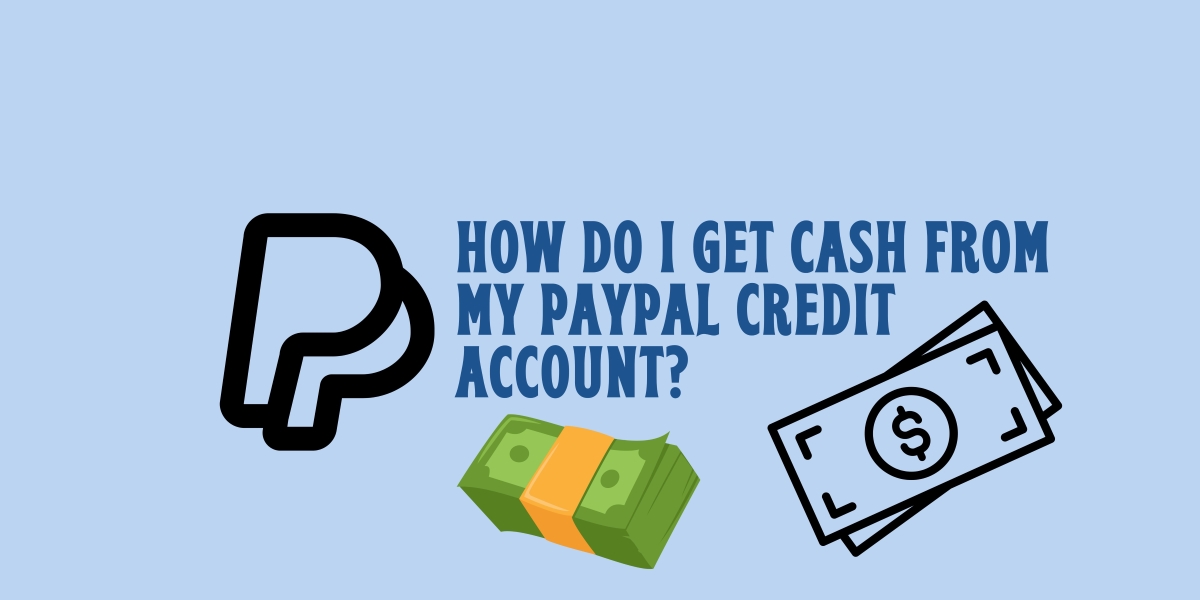Home>Finance>What Is A Junk Bond? Definition, Credit Ratings, And Example


Finance
What Is A Junk Bond? Definition, Credit Ratings, And Example
Published: December 15, 2023
Learn the definition of a junk bond in finance, how credit ratings affect them, and see an example. Understand the risks and rewards of investing in these bonds.
(Many of the links in this article redirect to a specific reviewed product. Your purchase of these products through affiliate links helps to generate commission for LiveWell, at no extra cost. Learn more)
Understanding Junk Bonds: A Comprehensive Guide
When it comes to the world of finance, there are various investment options available. One such option is junk bonds. But what exactly are junk bonds? In this blog post, we will delve into the definition of junk bonds, explore the concept of credit ratings, and provide you with a real-life example to help you understand this aspect of the financial world.
Key Takeaways:
- Junk bonds are a type of high-yield bond that carries a higher risk of default compared to investment-grade bonds.
- These bonds are issued by companies with a lower credit rating, making them more attractive to investors seeking higher returns.
Defining Junk Bonds
Also known as high-yield bonds, junk bonds are corporate bonds that have been given a credit rating below investment grade by credit rating agencies such as Standard & Poor’s or Moody’s. This lower credit rating indicates a higher risk of default compared to investment-grade bonds issued by financially stable companies.
Companies that issue junk bonds often do so because they may not have a strong credit profile or may be operating in industries with higher levels of risk. In order to compensate investors for the increased risk, these bonds offer higher interest rates, attracting investors looking for potentially higher returns.
Understanding Credit Ratings
Credit ratings play a crucial role in the bond market, including the evaluation of junk bonds. Credit rating agencies assess the creditworthiness of companies and assign them a credit rating based on their financial stability, ability to meet debt obligations, and other relevant factors. The ratings range from AAA (highest) to C or D (default).
Junk bonds typically fall into the BB category and lower. These lower credit ratings reflect the higher likelihood of default associated with these bonds. While higher-rated investment-grade bonds offer more security, junk bonds provide an opportunity for investors to earn higher returns.
An Example of a Junk Bond
Let’s consider a fictional company called XYZ Manufacturing, which operates in a niche market and has a higher degree of financial risk. Due to its limited financial resources and profitability, XYZ Manufacturing secured a BB- credit rating from a credit rating agency. As a result, the company decided to issue $100 million worth of junk bonds.
Investors interested in high-yield investments purchased these bonds, attracted by the higher interest rates they offered. Despite the increased risk of default, the bonds offered a potentially higher return on investment compared to safer bonds.
It’s important to note that investing in junk bonds requires careful consideration and thorough evaluation of the issuer’s financial standing. While they may offer potentially higher returns, they also come with a higher risk of default. Investors should diversify their portfolios and seek expert advice before venturing into high-yield bonds.
In Conclusion
Junk bonds, also known as high-yield bonds, are corporate bonds issued by companies with lower credit ratings. These bonds carry a higher risk of default compared to investment-grade bonds but offer higher interest rates, attracting investors seeking potentially higher returns.
Credit ratings play a vital role in assessing the creditworthiness of companies issuing junk bonds. Investors considering junk bonds must carefully evaluate the issuer’s financial health and seek professional advice to ensure they are making informed investment decisions.
Remember, while junk bonds may offer the allure of higher returns, they come with a degree of risk that should be taken into account when building a diversified investment portfolio.
Want to learn more about finance and investment topics? Explore our Finance category for more exciting content!














